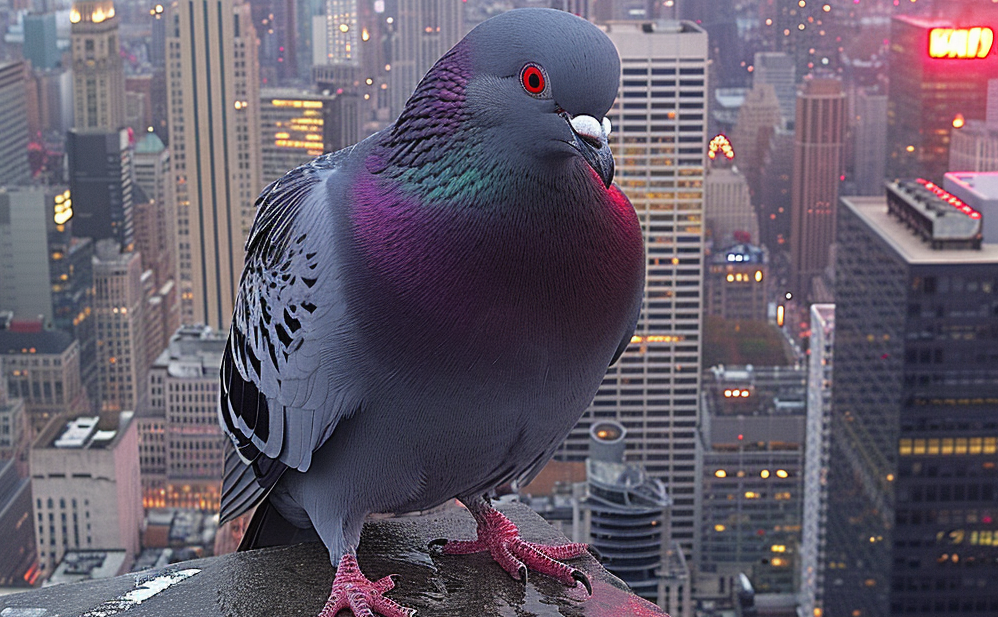Any novice birdwatcher or nature enthusiast will soon encounter some kind of dove or pigeon. It might just be a domesticated bird in a backyard aviary, or equally likely it may be a wild bird in a local garden or park. If you are in North America, it might be a Mourning Dove you first meet, in Southeast Asia a Spotted Dove and in Africa possibly a Laughing Dove.
In fact, the Columbidae family is incredibly diverse, comprising over 350 species spread across every continent except Antarctica. From the lush rainforests of South America to the arid deserts of Australia, these birds have adapted to a wide range of habitats. Some species, like the ever-present Rock Dove or Feral Pigeon, are highly adaptable and thrive in urban environments around the world.
When it comes to size, in the Columbidae family the Victoria Crowned Pigeon of New Guinea holds the title for the largest, with some individuals reaching over 74cm in length and weighing up to 2.5kg. In contrast, the appropriately named Dwarf Fruit Dove, found in the forests of Indonesia, measures just 13cm long and weighs 49 grams. The similarly tiny Common Ground Dove from the Americas can weigh even less.
What is the difference between a dove and a pigeon?
At first glance, the terms “dove” and “pigeon” might seem confusing. Generally, doves are smaller and more delicate-looking, with slender bodies and long tails. Pigeons, on the other hand, tend to be larger and more robust, with stout bodies and shorter tails. Both come in a wider range of colors and patterns.
However, the difference is linguistic rather than taxonomic. In short, there’s no difference between a pigeon and a dove in scientific classification, but conversational English tends to categorize them by size.
Conservation
Despite their overall abundance and adaptability, certain species within the Columbidae family are endangered and face significant threats. Species such as the Pink Pigeon of Mauritius, the Purple-winged Ground Dove from Brazil and the Socorro Dove of Mexico, are classified as endangered due to habitat loss, predation and hunting. Tragically, the Columbidae family also includes some species that have been lost to extinction. Among the most famous of these is the Dodo, a flightless bird that once inhabited the island of Mauritius in the Indian Ocean. The Dodo was driven to extinction less than a century after its discovery by European explorers in the late 16th century. Similarly, the Passenger Pigeon, once the most abundant bird in North America, was relentlessly hunted and exploited until it vanished from the wild in the early 20th century.

